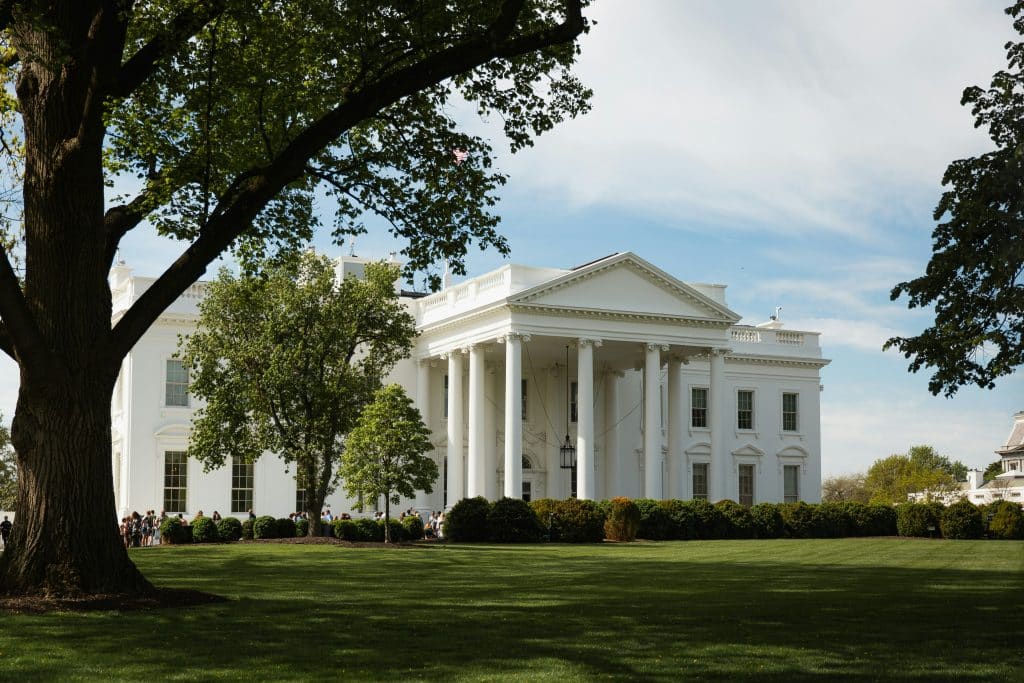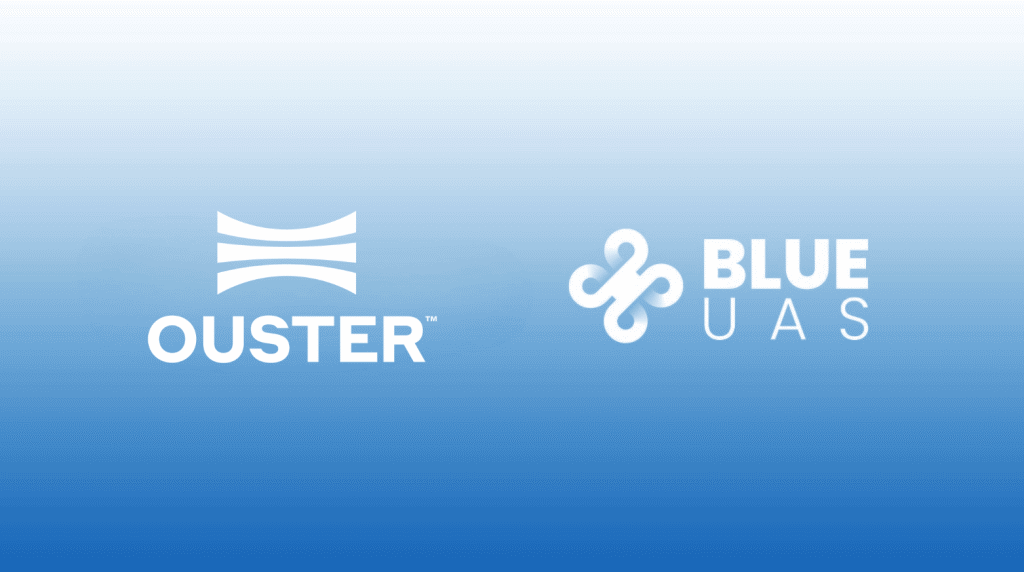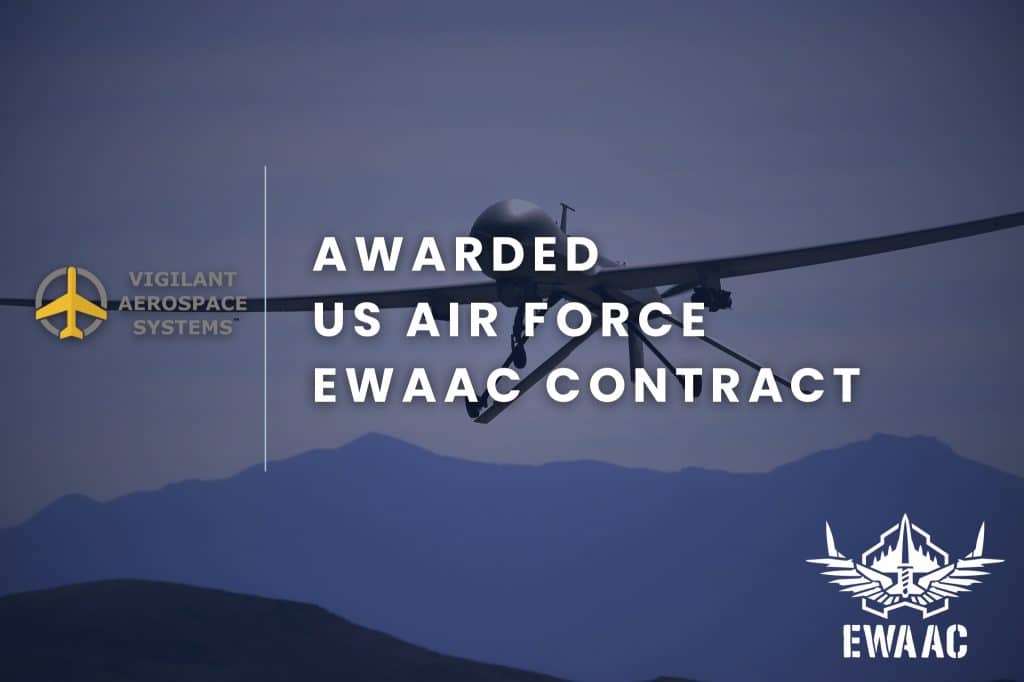BVLOS Interview with Matt Sloane, SkyfireAI
December 6, 2024 | AUVSI Advocacy

This week, AUVSI and members of our Air Advocacy Committee met with the White House’s Office of Management and Budget to urge advancement of the draft Beyond Visual Line of Sight (BVLOS) safety rule.
Matt Sloane, Co-Founder and Chief Strategy Officer at SkyfireAI, participated in this week’s meeting for organizations focused on public safety / law enforcement / physical security. In this sector, drones are already being relied on for operations in search and rescue, disaster response and recovery, firefighting, and traffic accident and crime scene investigation. Read on for AUVSI’s interview with Matt to learn more.
Q: The overarching topic that’s being discussed at all the OMB meetings on the rule is regaining U.S. competitiveness in advanced aviation. How could the BVLOS enabling regulation bolster the U.S. drone industry?
A: Enabling BVLOS regulations positions the U.S. as a leader in the global drone industry, particularly in the public safety and emergency response sectors. By creating a framework for safe and scalable BVLOS operations, the U.S. can set a benchmark that other nations will emulate. This opens up international markets for U.S.-based drone manufacturers and service providers while fostering innovation and investment in the domestic drone ecosystem. Furthermore, it enhances the credibility of U.S. leadership in advanced aviation technologies on a global scale.
Q: What are some of the benefits that will the new BVLOS safety rule unlock for public safety operations that you explained to OMB?
A: The new BVLOS rule will allow agencies to get more utility from their drones, and help them do their jobs more effectively. By allowing drones to go beyond visual line of sight, especially without having to go through maze of complex waivers and exemptions, this will allow first responders of all kinds to get drones where they need to be, and fast. That means better safety for officers and citizens, more effective use of departments’ resources, and the ability to actually save lives.
Q: Industry leaders anticipate the rule will ultimately increase demand for drones and supporting technologies. What’s an area you see where the rule would create notable market impact for public safety drone use?
A: As a small business owner, one of the things that has been a constant problem in our ability to scale and grow is uncertainty around what the regulations will be in the next 3 months, 3 years and beyond, so it’s very difficult to build strategy around that. As we get clarity around the future of these regulations, it will allow all of us in the industry the ability to plan for what’s coming.
From what we already know about what’s on the horizon, things like robust point to point communications, ground-based detect-and-avoid systems like radar or cameras; and aircraft/software combinations that can handle the rigors of flying true BVLOS missions.
In addition to all of that, what I’m most excited about are the advances in AI that will help make the remote flying mission set less burdensome on the pilot. We have a lot of task saturation as pilots while flying BVLOS—monitoring the drone, monitoring for traffic, keeping an eye on weather conditions and other aircraft in the area—anything we can do to automate and simplify that will be critical to opening up the ability to fly one or more drones more effectively.
Q: The report from the FAA BVLOS Aviation Rulemaking Committee (ARC) made several recommendations aimed at balancing public safety benefits while ensuring safety and accountability. What’s a recommendation that you’re hoping to see included in the draft rule when it’s published?
A: From the ARC recommendations, operational flexibility during emergencies stands out as the critical one. Public safety agencies often work in unpredictable and time-sensitive environments. Ensuring they have the ability to rapidly deploy BVLOS drones without being hindered by procedural delays is essential. This flexibility could be the difference between life and death in search and rescue missions or disaster response scenarios, where time and precision are critical.
Q: Finally, how is SkyfireAI helping clients prepare for a future where we move beyond waivers to widespread, routine operations BVLOS?
A: At SkyfireAI, we’re equipping our clients with the expertise and tools to thrive in a BVLOS-enabled future. This includes building software that will help make the BVLOS flying experience more seamless, offering customized training programs for remote pilots, complete implementation services to ensure our clients are complying with evolving regulations, and technology solutions designed for seamless BVLOS integration. We’re also actively collaborating with industry partners and regulators to stay ahead of the curve, ensuring our clients are prepared for a smooth transition from waivers to routine BVLOS operations.


